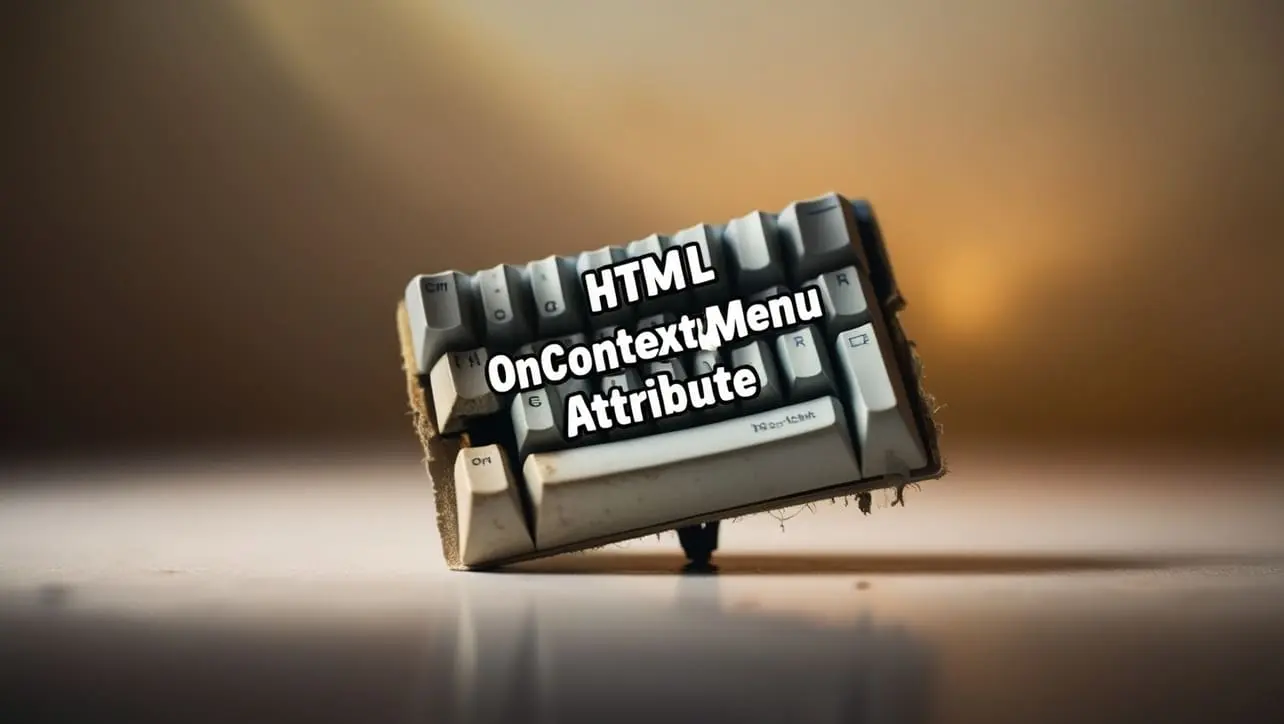
HTML Topics
- HTML Intro
- HTML Basic
- HTML Editors
- HTML CSS
- HTML Tags
- HTML Deprecated Tags
- HTML Events
- HTML Event Attributes
- HTML Global Attributes
- HTML Attributes
- abbr
- accept
- accept-charset
- accesskey
- action
- align
- alt
- archive
- as
- async
- autocapitalize
- autocomplete
- autofocus
- autoplay
- axis
- bgcolor
- border
- cellpadding
- cellspacing
- char
- charoff
- charset
- checked
- cite
- class
- classid
- codebase
- codetype
- color
- cols
- colspan
- compact
- content
- contenteditable
- controls
- coords
- crossorigin
- data
- data-*
- datetime
- declare
- default
- defer
- dir
- dirname
- disabled
- download
- draggable
- enctype
- enterkeyhint
- for
- form
- formaction
- formenctype
- formmethod
- formnovalidate
- formtarget
- frame
- frameborder
- frameset
- headers
- height
- hidden
- high
- href
- hreflang
- hspace
- http-equiv
- id
- inert
- inputmode
- ismap
- kind
- label
- lang
- list
- loop
- low
- max
- maxlength
- media
- method
- min
- multiple
- muted
- name
- novalidate
- onabort
- onafterprint
- onbeforeprint
- onbeforeunload
- onblur
- oncanplay
- oncanplaythrough
- onchange
- onclick
- oncontextmenu
- oncopy
- oncuechange
- oncut
- ondblclick
- ondrag
- ondragend
- ondragenter
- ondragleave
- ondragover
- ondragstart
- ondrop
- ondurationchange
- onemptied
- onended
- onerror
- onfocus
- onhashchange
- oninput
- oninvalid
- onkeydown
- onkeypress
- onkeyup
- onload
- onloadeddata
- onloadedmetadata
- onloadstart
- onmousedown
- onmousemove
- onmouseout
- onmouseover
- onmouseup
- onmousewheel
- onoffline
- ononline
- onpagehide
- onpageshow
- onpaste
- onpause
- onplay
- onplaying
- onpopstate
- onprogress
- onratechange
- onreset
- onresize
- onscroll
- onsearch
- onseeked
- onseeking
- onselect
- onstalled
- onstorage
- onsubmit
- onsuspend
- ontimeupdate
- ontoggle
- onunload
- onvolumechange
- onwaiting
- onwheel
- open
- optimum
- pattern
- placeholder
- popover
- popovertarget
- popovertargetaction
- poster
- preload
- readonly
- rel
- required
- reversed
- rows
- rowspan
- sandbox
- scope
- selected
- shape
- size
- sizes
- span
- spellcheck
- src
- srcdoc
- srclang
- srcset
- start
- step
- style
- tabindex
- target
- title
- translate
- type
- usemap
- value
- width
- wrap
- HTML Comments
- HTML Entity
- HTML Head
- HTML Form
- HTML IndexedDB
- HTML Drag & Drop
- HTML Geolocation
- HTML Canvas
- HTML Status Code
- HTML Language Code
- HTML Country Code
- HTML Charset
- MIME Types
HTML oncontextmenu Attribute

Photo Credit to CodeToFun
🙋 Introduction
The oncontextmenu attribute in HTML is used to define a script that runs when the context menu (usually activated by a right-click) is triggered on an element.
This attribute provides a way to customize the behavior of the context menu for specific elements on a web page.
🎯 Purpose of oncontextmenu
The primary purpose of the oncontextmenu attribute is to allow developers to execute a script when a user right-clicks on a particular element.
This can be useful for providing custom context menu options or handling right-click events in a specific manner.
💎 Values
The oncontextmenu attribute accepts JavaScript code as its value.
This code is executed when the context menu event occurs. Here's a basic example:
<button oncontextmenu="myFunction()">Right-click me</button>
<script>
function myFunction() {
alert("Custom context menu action!");
}
</script>🧠 How it Works
In this example, the oncontextmenu attribute is set to call a JavaScript function (myFunction()) when the user right-clicks on the button.
📄 Example
Let's look at a more practical example of using the oncontextmenu attribute on an image:
<img src="example.jpg" alt="Example Image" oncontextmenu="showContextMenu(event);">
<script>
function showContextMenu(event) {
// Prevent the default context menu
event.preventDefault();
// Custom context menu logic
// You can create your own context menu or perform specific actions here
alert("Custom context menu for the image!");
}
</script>🧠 How it Works
In this example, the oncontextmenu attribute is applied to an image, and the showContextMenu function is triggered when the user right-clicks on the image.
The script prevents the default context menu from appearing and displays a custom alert instead.
🔄 Dynamic Values with JavaScript
Similar to other HTML attributes, you can dynamically set the oncontextmenu attribute using JavaScript.
This is useful when you want to change the context menu behavior based on certain conditions or user interactions. Here's a brief example:
<script>
// Dynamically set oncontextmenu for an element
document.getElementById("dynamicElement").oncontextmenu = function(event) {
event.preventDefault();
alert("Dynamic context menu action!");
};
</script>🧠 How it Works
In this script, the oncontextmenu attribute is set dynamically for an element with the id dynamicElement. The associated function prevents the default context menu and displays a custom alert.
🏆 Best Practices
- Use the
oncontextmenuattribute thoughtfully, as custom context menu actions may affect the standard user experience. - Be mindful of accessibility concerns when modifying default context menu behavior.
- Test your implementation across different browsers to ensure consistent behavior.
🎉 Conclusion
The oncontextmenu attribute is a valuable tool for customizing the right-click behavior of HTML elements.
By leveraging this attribute along with JavaScript, you can provide a tailored user experience and enhance the interactivity of your web pages.
👨💻 Join our Community:
Author

For over eight years, I worked as a full-stack web developer. Now, I have chosen my profession as a full-time blogger at codetofun.com.
Buy me a coffee to make codetofun.com free for everyone.
Buy me a Coffee












If you have any doubts regarding this article (HTML oncontextmenu Attribute), please comment here. I will help you immediately.